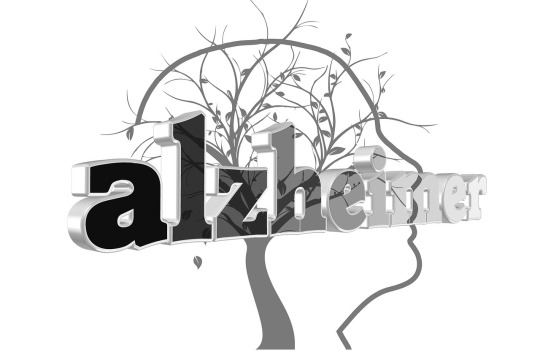Text
0 notes
Text
How a Museum Art Program Benefits those with Alzheimers Disease

With the number of older people increasing steadily across the United States, approximately 10 percent of men and 17 percent of women will experience dementia. Affecting behavior and mood, the broad neurological condition also consists of confusion, memory loss, and challenges with language and problem-solving. Programming for those with Alzheimer’s disease and other forms of dementia takes a variety of forms, including art and visiting museums.
Since 2006, the Museum of Modern Art (MoMA) in New York City has offered “Meet Me at MoMA.” The program makes art accessible for those with dementia and their family members and caregivers. Held regularly throughout the year, the interactive program is led by museum educators and highlights various galleries, from current exhibitions to the permanent collection.
As detailed in MoMA Alzheimer’s Project literature, engaging with art significantly benefits those with dementia and their caregivers. It provides intuitive and intellectual stimulation and allows for exchanging ideas about art and those who create it. Art's universality allows individuals to interpret it as they see it. The experience of viewing and discussing in a safe, supportive environment often triggers discussion of personal experiences among participants and unlocks suppressed memories and stories.
An Americans for the Arts report describes the unique MoMA program as one that came about at a time when few programs dedicated specifically to bringing those with Alzheimer’s disease into the broader community and encouraging them to participate in fun educational activities existed.
The Meet Me at MoMA events follow a standard pattern. Participants gather in the lobby before the mid-afternoon start time, “exchanging greetings, hugs, and stories.” This instills a sense of civic pride and becoming part of the group, encouraging therapeutically beneficial socialization. At 2:30 pm, the educator starts the event with a preamble that singles out the four to five artworks that participants will focus on. For example, in an early January event, the educator selected “New Beginnings” as the theme.
Next, the group moves to the appropriate gallery and views the first painting on their list. The educator asks questions to elicit answers, such as “What do you all see in this painting? What do you notice first?” The questions encourage participants to describe pointillism techniques and how the dots blend fractious elements of color and light into a cohesive whole. Afterward, the educator contextualizes the artwork in the broader story of Impressionism of the era and Seurat’s personal story.
Participants state that one of the hallmarks of Meet Me at MoMA is its inclusivity and welcomeness. Even when fielding queries on the phone, staff have a caring, participant-first attitude that sets the stage for receptivity during the event. MoMA staff print tags with first names, which allows for a back-and-forth familiarity between participants who have never met each other. With social barriers eased, participants walk from gallery to gallery at a comfortable pace. One participant said, “I find myself grinning with a strange feeling of joy. I love the Museum environment. Being there without the crowds is a gift.”
Another participant notes that much of the event's enjoyment comes from educators' enthusiasm: “Watching him and talking to him afterward about how much he got from it — and he was so excited about it — that just meant so much.” Finally, one participant noted that one of the hallmarks of Alzheimer’s is not knowing if one’s memory is correct. The program provides her confidence that she has retained a full appreciation of art and can zero in on important stylistic elements of the pieces presented, “verbalizing that perception.”
1 note
·
View note